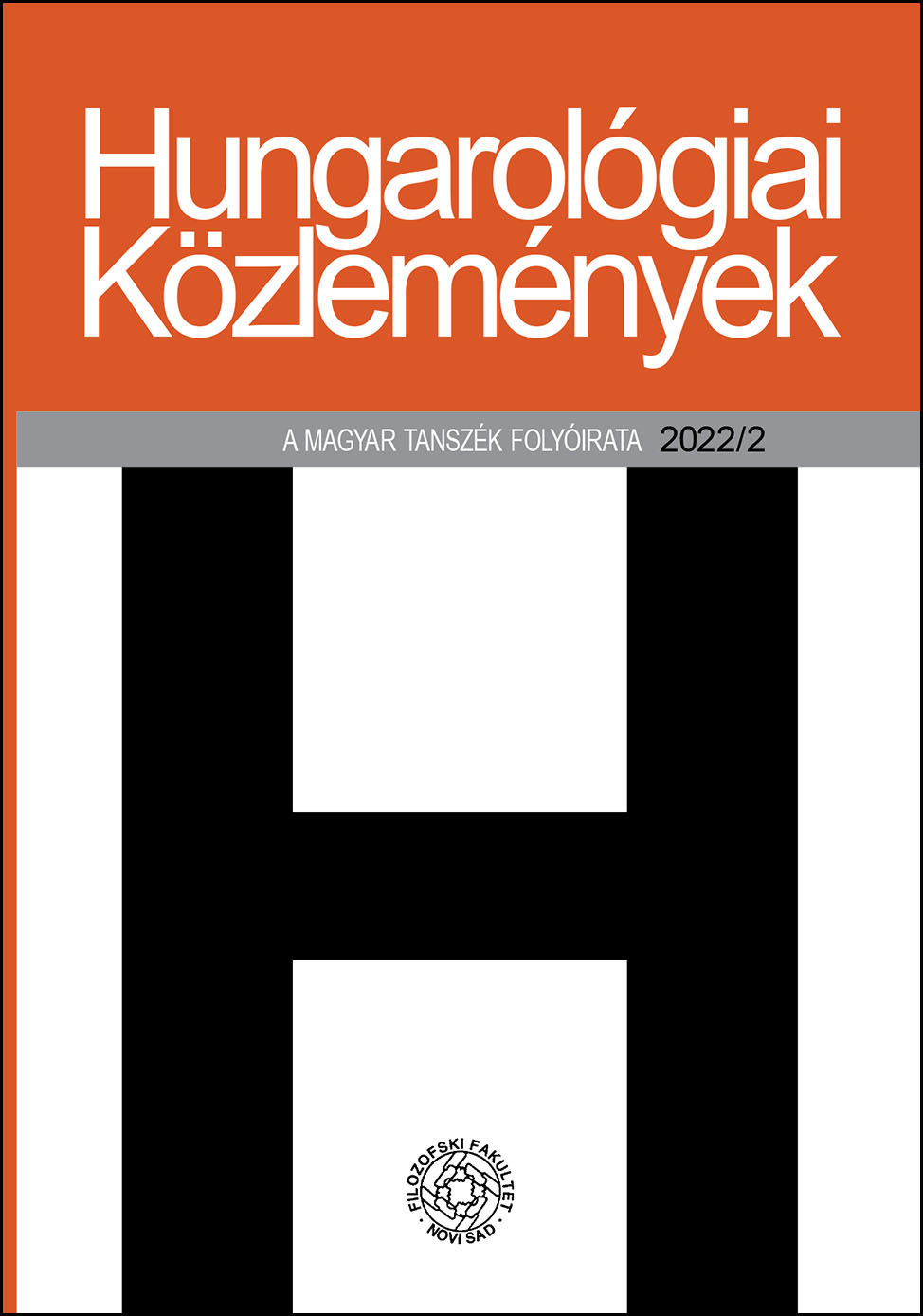A „bizánci jellegű ember”: Másság, nemi ambivalenciák és nem standard férfiasságmodellek Márai Sándor A Garrenek műve című regényciklusában
The “byzantine man”: Otherness, gender ambivalences, and non-standard models of masculinity in Sándor Márai’s novel cycle (A Garrenek műve) The Garrens’ Work
Author(s): Zoltán CsehySubject(s): Studies of Literature, Hungarian Literature
Published by: Филозофски факултет, Универзитет у Новом Саду
Keywords: Márai; alienation; otherness; gender stereotypes; race theory and rhetoric
Summary/Abstract: The paper deals with the constructs of otherness and alienation and the depiction of gender in Márai’s novel sequence A Garrenek műve [The Garrens’ Work]. It explores the stereotypes of masculinity and femininity and their changes in the novel in addition to the variations of otherness. One of the constructs of otherness is the metropolitan “Byzantine” man, who is “no longer quite a man, but not quite a woman”. The presentation also pays attention to the mechanisms of otherness and forming enemies, to the manipulations of rhetoric and power, which equally include subversion, disgust, or the social phenomenon referred to as “sexual turmoil” by Márai. Some of Márai’s protagonists seem to be carefully dressed dummies who demonstrate the “diseases” of civilization with their otherness. In the time of “the obsessed bourgeois”, according to Márai’s protagonist, the sick “sexus” of the German people also afflicts their world consciousness. According to one character, for example, the feminine Leader, i.e., Hitler, is a “mix of a Slovak female cook and the Werwolf”: the beast of fascism is demonized in this grotesque joke as an androgynous and animalistic freak of nature. On the other hand, the radical “otherness” of the identity of the “artist” constructed by Márai is presented as an inherently positive otherness.
Journal: Hungarológiai Közlemények
- Issue Year: 23/2022
- Issue No: 2
- Page Range: 35-50
- Page Count: 16
- Language: Hungarian

